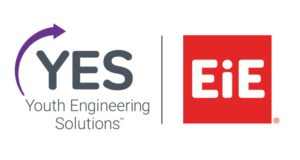Unit Overview
Youth use the Engineering Design Process to design a bandage that covers and protects a model cut. Youth investigate sticky and absorbant materials and explore how the different parts of a bandage work together to create a successful design.
- Grades K-2
- Setting: Enrichment
- 9 activities
- 45–60 minutes per activity
- Youth materials available in Spanish
Standards alignment
YES Enrichment units connect with state and national standards. View unit-specific Engineering Bandages Alignment or all Standards Alignments.
Unit Map
Our funders
Major support for this project has been provided by the National Science Foundation.
